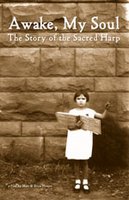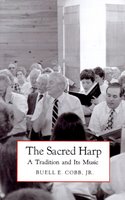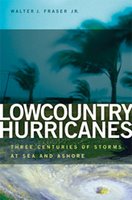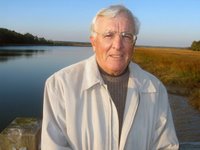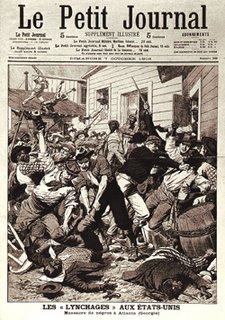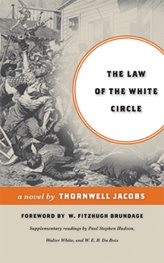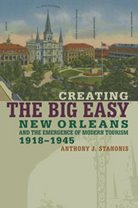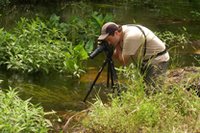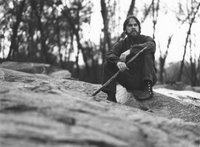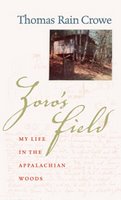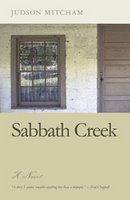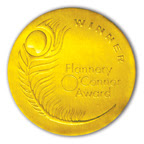 We're pleased to announce the three newest winners of the Flannery O’Connor Award for Short Fiction: Anne Panning for Super America, Peter LaSalle for Tell Borges If You See Him, and Margot Singer for The Pale of Settlement. The Press will publish all three titles in the fall of 2007. The winners each will receive a cash award of $1,000.
We're pleased to announce the three newest winners of the Flannery O’Connor Award for Short Fiction: Anne Panning for Super America, Peter LaSalle for Tell Borges If You See Him, and Margot Singer for The Pale of Settlement. The Press will publish all three titles in the fall of 2007. The winners each will receive a cash award of $1,000.Anne Panning is an associate professor of English at the State University of New York-Brockport. A native of Minnesota, Panning once served as a Peace Corps volunteer in the Philippines. Her first short-story collection, The Price of Eggs, was published in 1992. Her creative nonfiction and short stories have appeared in such publications as the Beloit Fiction Journal, Prairie Schooner, South Dakota Review, Black Warrior Review, and In Short II: An Anthology of Brief Creative Nonfiction. Panning’s essay “Trailer Court: Rolling” won the Passages North Thomas Hruska Nonfiction Prize. Her other honors include the Bellingham Review’s Annie Dillard Award for Creative Nonfiction, the New Letters Literary Award (First Place, Fiction), and the Hackney Literary Award, which is awarded for an unpublished novel.
Peter LaSalle grew up in Rhode Island, graduated from Harvard, and has taught at universities in this country and in France. He is the author of two previous story collections, The Graves of Famous Writers and Hockey Sur Glace, and a novel, Strange Sunlight. He has contributed fiction to many magazines and anthologies, including Paris Review, AGNI, Tin House, Best American Short Stories, Best of the West, Sports Best Short Stories and Prize Stories: The O. Henry Awards. He is also active as an essay writer and book critic, having contributed to The Nation, The Progressive, The New Republic, Commonweal, Raritan, and AGNI. In 2005 he received the Award for Distinguished Prose from the Antioch Review. For a dozen years LaSalle was a regular visiting faculty member at the Harvard University Summer School, and is Susan Taylor McDaniel Regents Professor in Creative Writing at University of Texas at Austin.
Margot Singer's fiction and creative nonfiction have appeared in numerous journals, including The Sun, AGNI, North American Review, Western Humanities Review, Third Coast, and Ascent. She won Shenandoah’s Thomas H. Carter Prize for the Essay, was a finalist for the Prairie Schooner Book Prize, and has been nominated for several Pushcart Prizes. Singer earned a PhD in Creative Writing from the University of Utah, and currently lives in Granville, Ohio, where she is an assistant professor of English at Denison University.
The Flannery O’Connor Award recognizes today's best short fiction writing. The first prize-winning book was published in 1983 to critical acclaim, and the award has since become an important proving ground for new writers. The series has been called “one of the most prestigious series in university press publishing," by NPR critic Alan Cheuse. The winners are selected through an annual competition. Previous award-winning collections include Antonya Nelson’s The Expendables, Ha Jin’s Under the Red Flag, and Gina Ochsner’s The Necessary Grace to Fall.


